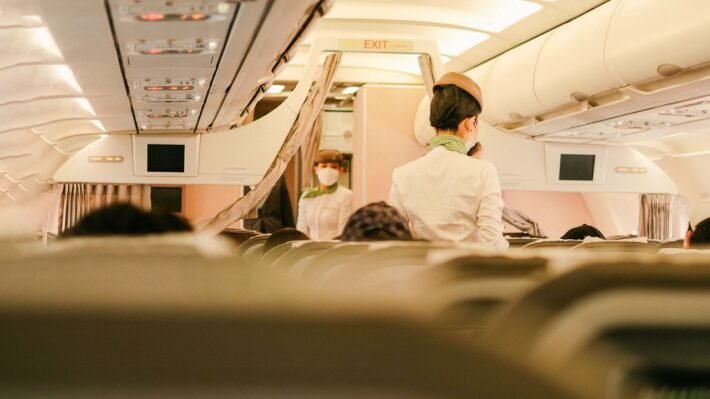Natural Disasters

This B1-level ESL lesson on natural disasters introduces students to key vocabulary and concepts related to various natural events. Through engaging activities, students will discuss different types of disasters, participate in vocabulary exercises, and work collaboratively on scenarios to practice emergency preparedness. The lesson aims to build language skills while raising awareness about safety and response strategies in the face of natural disasters.
| Type | Level | Vocabulary | Lesson Time |
| Regular Lesson | B1 / Intermediate | 10 words | 60 min |



Vocabulary
- Earthquake
- Tsunami
- Hurricane
- Flood
- Drought
- Wildfire
- Volcano
- Tornado
- Landslide
- Avalanche
Contents
- Lead-in
- Vocabulary match
- Reading
- Writing
- Vocabulary practice
- Discussion
- Role-play
- Homework
Lead-in, Vocabulary match
This intermediate ESL lesson on natural disasters begins with engaging lead-in questions. Students discuss which natural disasters they consider the most dangerous and how these events impact our lives. They also share any movies or news stories they’ve seen about natural disasters. After this discussion, they move on to the next page, which features a short paragraph explaining why we name tropical storms and hurricanes.
Reading, Writing, Vocabulary practice
The vocabulary page includes 10 images representing natural disasters, such as earthquakes, tsunamis, hurricanes, floods, droughts, wildfires, volcanic eruptions, tornadoes, landslides, and avalanches. Students will match each word to its corresponding picture. Following this activity, they will read four short paragraphs and summarize each one in a single sentence; this may be challenging, so provide assistance as needed. After reading, students will complete a writing section where they will craft 3-4 sentence descriptions similar to the paragraphs above, focusing on the features of tsunamis and landslides. Next, students will complete a vocabulary practice page featuring 10 sentences. They will fill in the gaps using words from page 4, but the options are not provided, making this task more challenging and requiring them to recall the vocabulary independently.
Discussion, Role-play
The next page includes a discussion section where students will respond to sentence prompts with their thoughts and ideas. Encourage them to provide detailed examples and to construct longer sentences to enhance their responses. In the role-play task titled “Disaster Preparation,” students will assume the role of emergency managers. Working in pairs, they will choose a scenario and discuss the necessary preparations to ensure the safety of the community. During this activity, students should incorporate the vocabulary from the lesson to enhance their discussions.
Homework
The final page consists of a homework assignment where students will create their own emergency kit using a provided structure. They will need to conduct some research at home, making this a valuable opportunity to extend their learning and acquire new vocabulary related to the topic.



